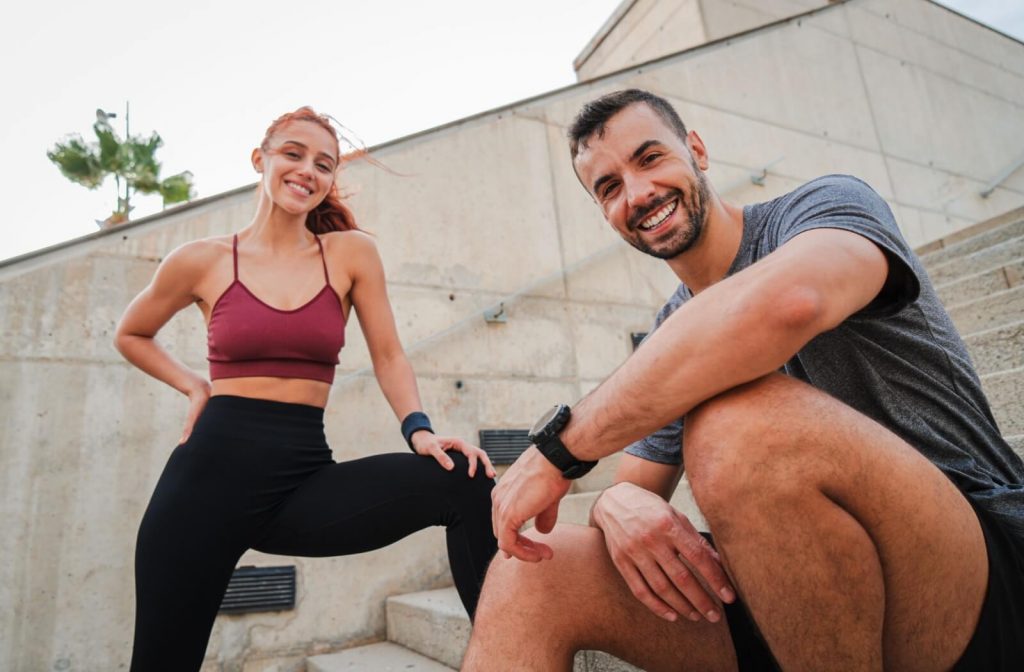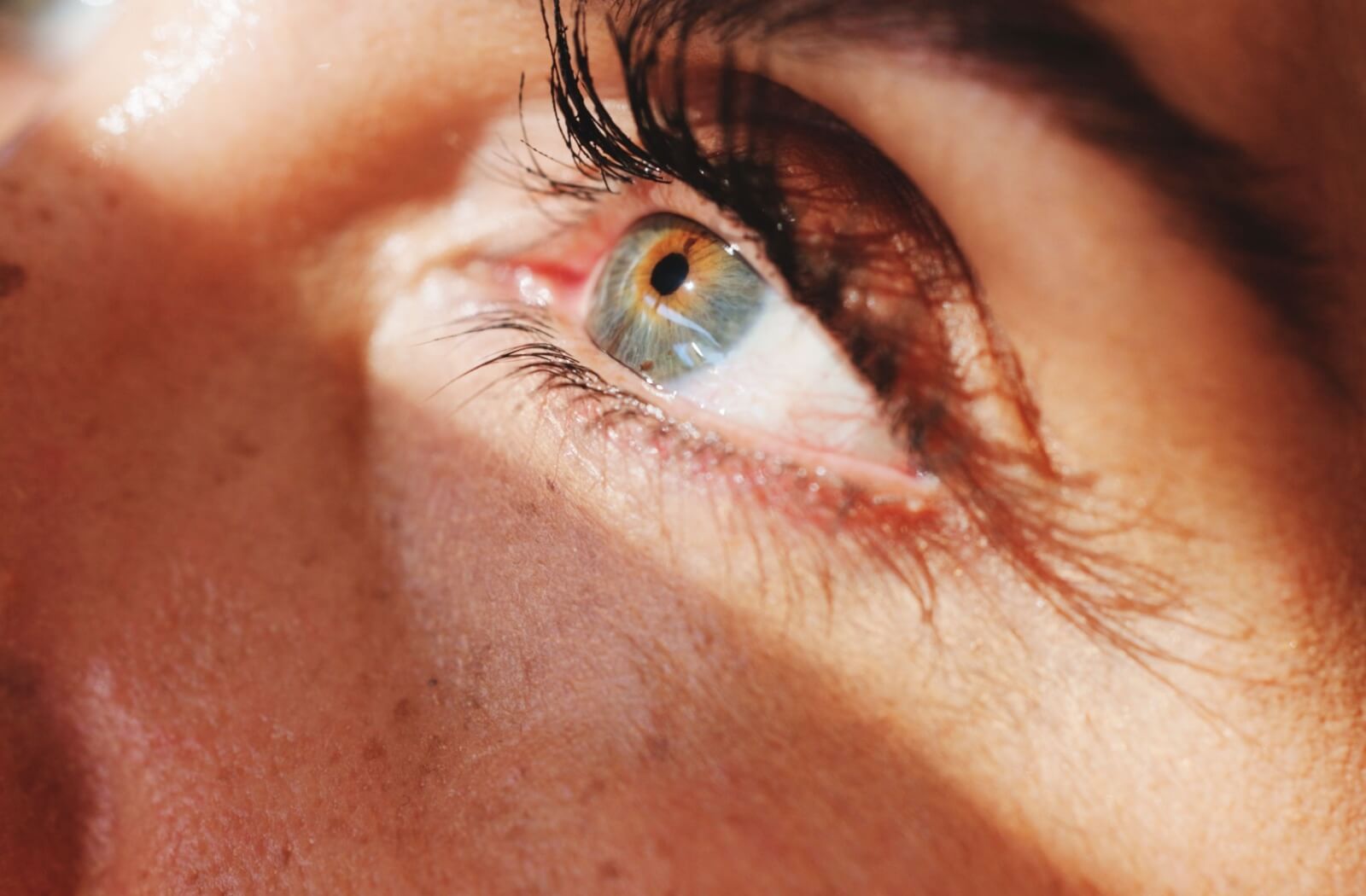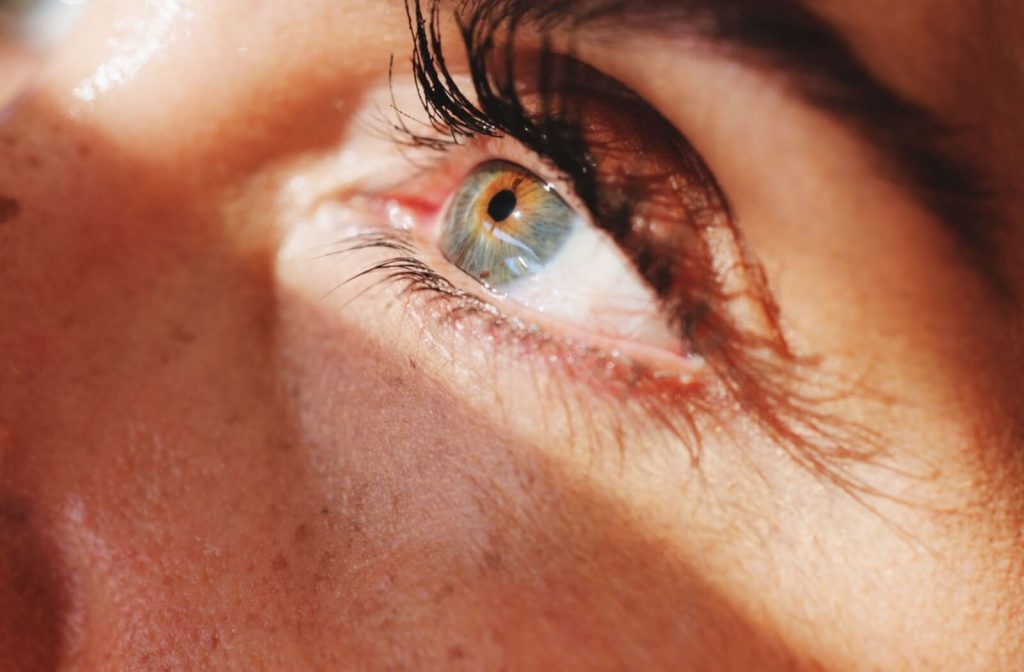Your vision is a key part of how you experience the world, and protecting it is a lifelong journey. Some eye conditions can develop slowly over time without you even noticing. Glaucoma is one of these conditions, often progressing silently in its early stages.
This is why understanding your options is so important for your long-term eye health. The most effective way to slow glaucoma progression is through early detection and a consistent management plan created with your eye doctor. This partnership approach helps you take an active role in preserving your sight for years to come.
What Is Glaucoma?
Glaucoma is an eye disease that causes damage to the optic nerve, the part of your eye that sends visual information to your brain. This damage is often linked to a buildup of fluid that increases the pressure inside your eye. If this pressure isn’t managed, it can affect your vision.
While glaucoma is more common in adults over 65, it can affect people of any age. Family history can also play a role in your risk of developing the condition. It’s a good idea to be aware of your family’s eye health history.
Most types of glaucoma don’t have obvious symptoms in the early stages. This makes regular eye exams a fundamental part of proactive eye care. We can detect changes you might not see or feel yourself.
Know the Signs and Symptoms
There are several types of glaucoma, and their symptoms can be quite different. The most common forms are open-angle glaucoma and angle-closure glaucoma. It’s helpful to know what to look for, as some symptoms require immediate attention.
Open-Angle Glaucoma
This type often develops very slowly and may not present symptoms until your vision is already affected. You may notice:
- Patchy blind spots in your side or central vision, often in both eyes
- Tunnel vision in the more advanced stages
Chronic Angle-Closure Glaucoma
Symptoms for this type of glaucoma can come and go and may be less intense than the acute form. These can include:
- Eye redness or discomfort
- Blurred vision
- Headaches that seem to get better after you sleep
Acute Angle-Closure Glaucoma
This type appears suddenly with intense symptoms and is a medical emergency. The signs are hard to ignore and include:
- A severe headache
- Significant eye pain and redness
- Nausea or vomiting
- Blurred vision or seeing halos around lights
Working with Your Eye Doctor
Managing glaucoma is a collaborative process between you and your optometrist. Consistent communication and follow-through are key to protecting your vision. Your eye doctor can provide the personalized attention you need.
The Importance of Regular Eye Exams
The first step you can take is to schedule regular, comprehensive eye exams. These appointments allow your eye doctor to detect early signs of glaucoma, sometimes long before you notice any vision changes. We can measure your eye pressure and examine your optic nerve.
How often you should have an exam depends on your age, family history, and other health factors. Your doctor can recommend a schedule that is right for you. These regular check-ups create a baseline for your eye health.
Follow Your Treatment Plan
Prescription eye drops are a common treatment for managing glaucoma. Some drops help improve how fluid drains from your eye, while others work by reducing the amount of fluid your eye produces. This helps to lower your eye pressure.
It’s important to use your eye drops exactly as prescribed to keep your eye pressure stable. In some situations, your eye doctor may also recommend an oral medication to use along with your drops for additional support.

Lifestyle Habits for Eye Health
Your daily habits can contribute to your overall wellness, and that includes your eye health. Certain lifestyle choices can support your glaucoma management plan. These simple adjustments can make a positive difference.
Choose Foods for Your Eyes
A balanced diet can have an impact on your eye pressure and overall health. You can focus on foods that contain essential nutrients for your eyes. Leafy green vegetables, carrots, citrus fruits, and fish all contain vitamins and fatty acids that support your health.
Manage Your Stress Levels
High levels of stress can affect your body in many ways, including your eye pressure. Finding healthy ways to relax and manage stress can have a positive impact on your well-being. Activities such as meditation, deep breathing, or spending time in nature can be beneficial.
Exercise with Care
Moderate physical activity can help lower eye pressure and improve blood flow to your optic nerve. Activities like brisk walking, swimming, and biking are great options. They can support your health without putting extra strain on your eyes.
Explore Innovative Treatment Options
When eye drops and medication aren’t enough, other treatments are available to help manage eye pressure. These options can be discussed with your eye doctor to determine if they are a suitable path for you. Your personalized care plan is always our focus.
Laser Therapy Procedures
Laser therapy is a procedure that can help the fluid in your eye drain more effectively. It is a simple process that we can perform right in the office. This treatment can help lower your eye pressure as part of our glaucoma management services.
Sometimes, more than one session may be needed to achieve the desired result. It’s also possible that you’ll need to continue using your glaucoma medication after the procedure. Your doctor will closely monitor your progress.
Surgical Solutions
For more complex cases of glaucoma, surgery may be presented as an option. The primary goal of these surgeries is to create a new pathway for fluid to exit the eye, thereby reducing pressure. There are different types of procedures available.
This is typically considered when other treatments have not been able to lower eye pressure enough. Your eye doctor can discuss the details with you and explore if this is a suitable choice for your specific situation after thorough glaucoma testing.
Supporting You Through Every Stage of Glaucoma
At Henderson Vision Centre, we believe you are an active partner in your own eye health journey. Communicating openly with us about your symptoms and lifestyle helps create an effective management plan together. We are here to support you with comprehensive and preventive eye care.
If you have questions about glaucoma or would like to schedule an appointment with an eye doctor, please contact our team today. We’re here to help you and your family protect your vision.



